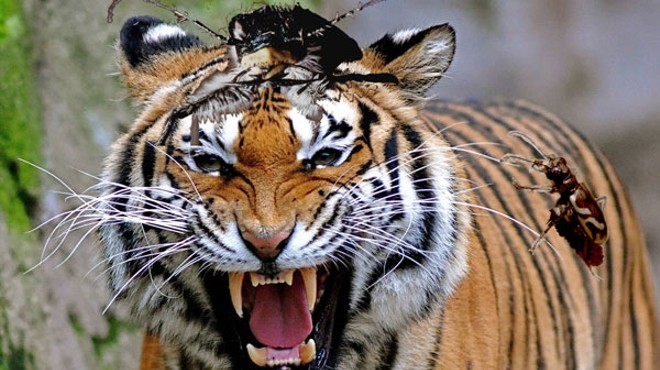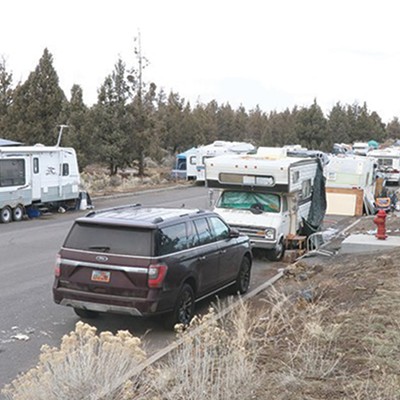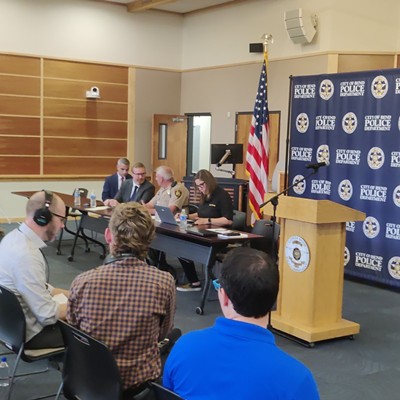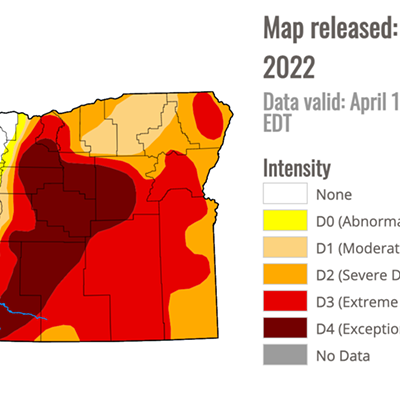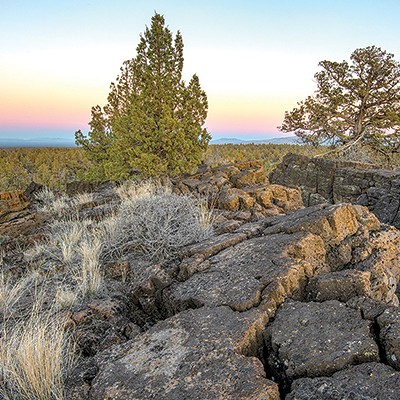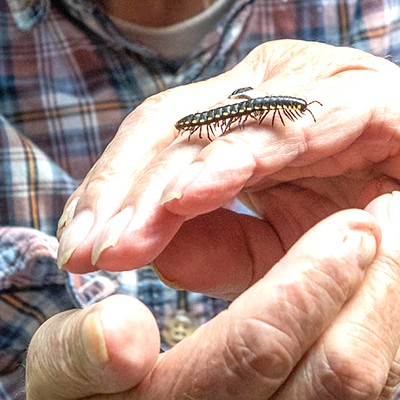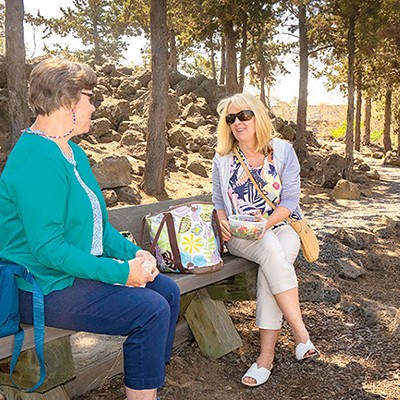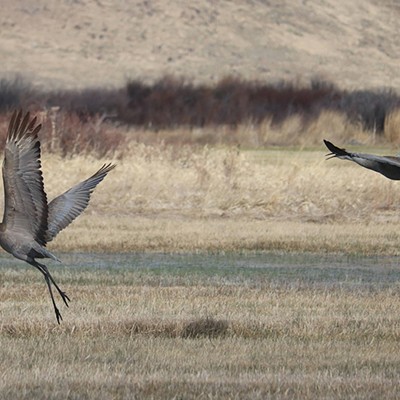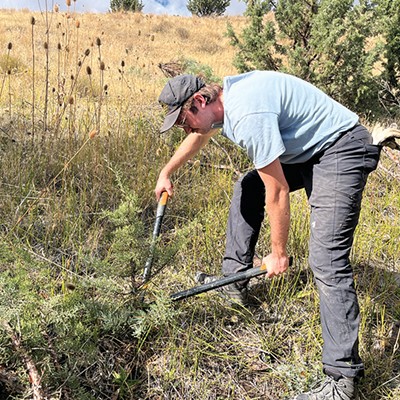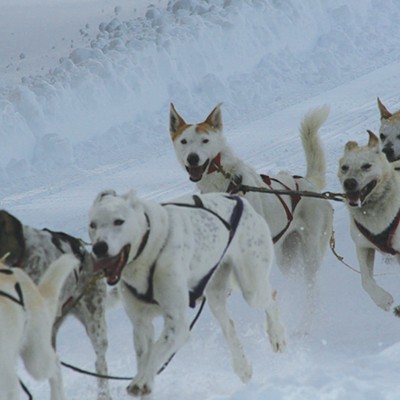Back in 1954 I was living in Bend and doing a lot of underground exploring with my dear caving partner, Phil Coyner. I can't recall how he and I got to going into lava caves, but we were good at it. In fact, he and I were the first known human beings to go all the way to the very end of Lavacicle Cave near Pine Mountain in the Fort Rock District.
A firefighter who was working on the Aspen Butte Fire in the mid-'50s discovered the cave. He took us to the opening and on the way to the end, I found the skeleton of a river otter, probably left over from the times when there was a sprawling lake in the Fort Rock Basin.
The name "Lavacicle" was given to the lava tube (cave) in homage to the basalt stalactites and stalagmites found midway through the cave. Nothing like it had ever been found before to anyone's knowledge.
One warm summer day Coyner and I were exploring South Ice Cave, south of Lavacicle, when a peculiar-looking insect went scurrying by. I had never seen anything like it in any of the caves. It looked like it should have wings but there were none. I thought it was a beetle, but it lacked the necessary physical elements. It had six legs—not eight—so it wasn't a spider.
I have to say I DO NOT enjoy collecting anything, always afraid of collecting the last of something, so I prefer to take photos. That day, however, I forgot to bring along my trusty 35mm Pentax.
I cut off and stuffed a part of my handkerchief in a vial, and with a pair of forceps I carefully captured the insect and placed it in the vial. The next day I placed the whole shebang in a box and shipped it off to Prof. Jack Lattin, who headed up the Entomology department at Oregon State.
I got a note back from Dr. Lattin thanking me profusely for the insect. It turned out to be a Grylloblattid, aka the rockcrawler or ice cricket, and the first Oregon species he'd ever seen. He sent it off to an entomologist friend in France, and from there I lost track of it. About five years later I received a note indicating that a man named Joseph Mark from the University of British Columbia wanted to know the whereabouts of the South Ice Cave to study the insect I'd found. Somehow, I was left out of the loop, but Coyner took Mark to the cave, told him all about the geology and history of it and gave him all the past weather records for that area.
Mark said he was going to try to reclassify the insect and returned with a pickup full of scientific instruments to record data inside the cave. He also intended to capture several more rock crawlers. Unfortunately, vandals entered the cave and swiped equipment from time to time.
Eventually, Mark had enough data and specimens to make his move, which was to use the findings of the scientific instruments to describe the insect's South Ice Cave habitat, and to prove his thesis for his doctorate. Not long ago, OPB's Oregon Field Guide had a program on Grylloblatids, but there was no mention of the South Ice Cave Ice crawler population, or of Joseph Mark.
If you go into South Ice looking for rock crawlers and you find one or two, please leave them be. Take photos until the cows come home, but don't collect them for a "pet."

